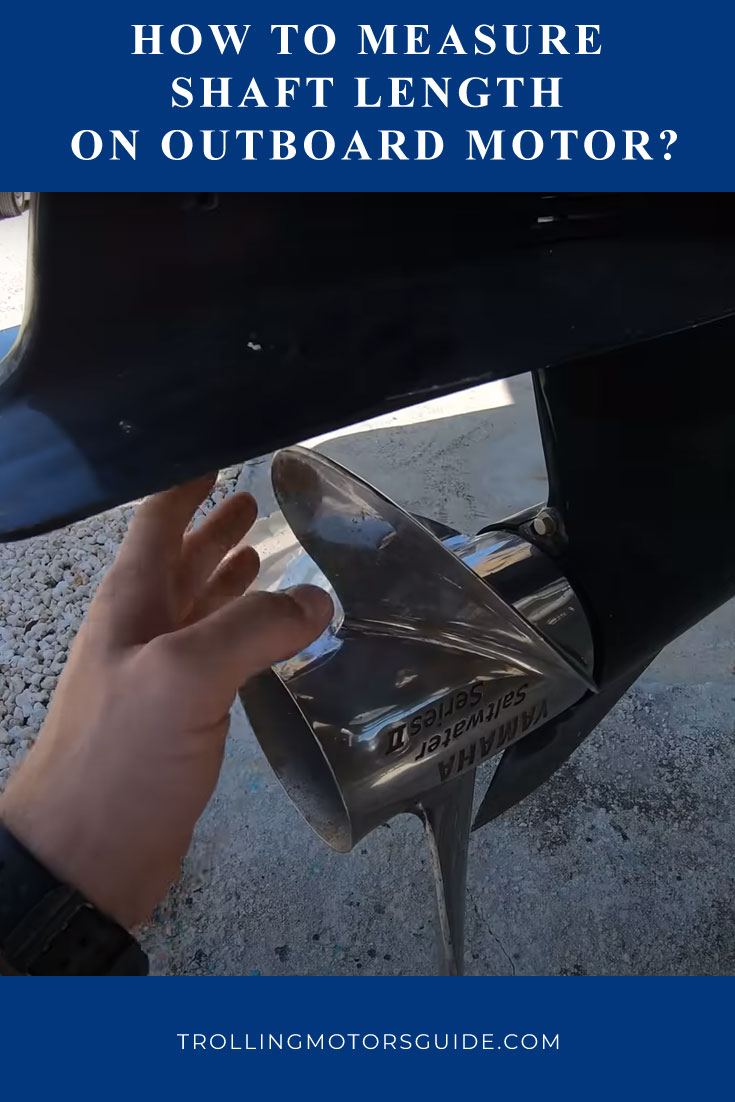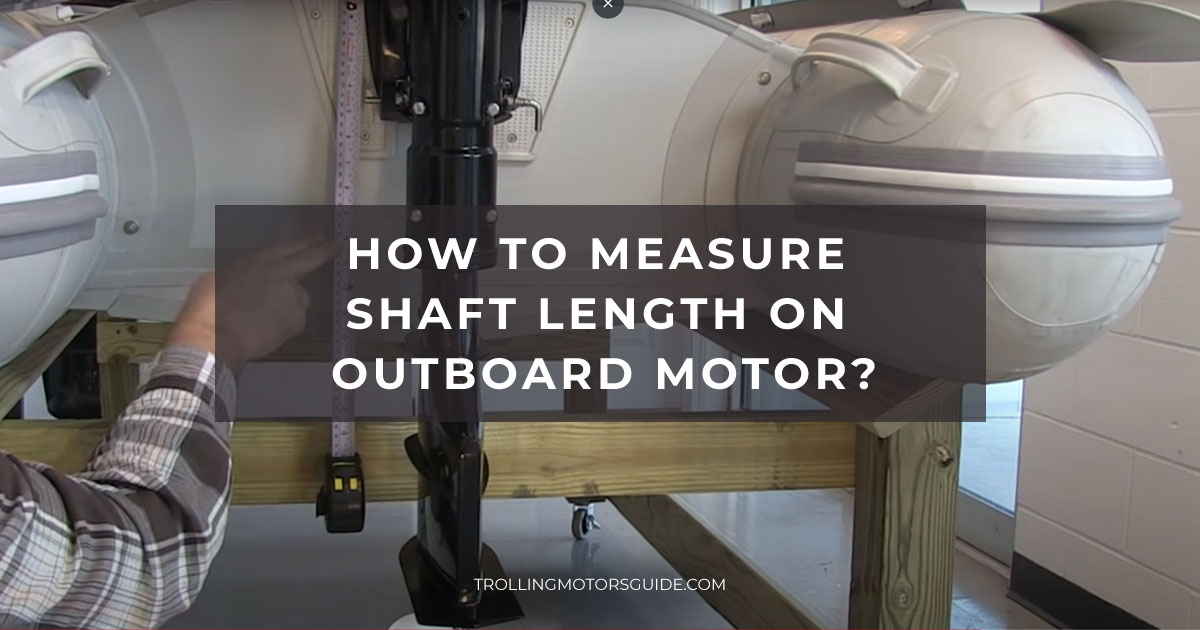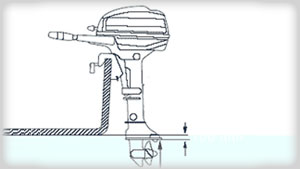
If you’re looking to replace your outboard motor, or just want to do some routine maintenance, you’ll need to know How to Measure Shaft Length on Outboard Motor. This is a relatively simple process, but it can be tricky if you’re not sure what you’re doing.
In this blog post, we will walk you through the steps of measuring the shaft length on an outboard motor. We’ll also provide a few tips to make the process easier.
Outboard Motor Shaft Length: How Do I Measure?
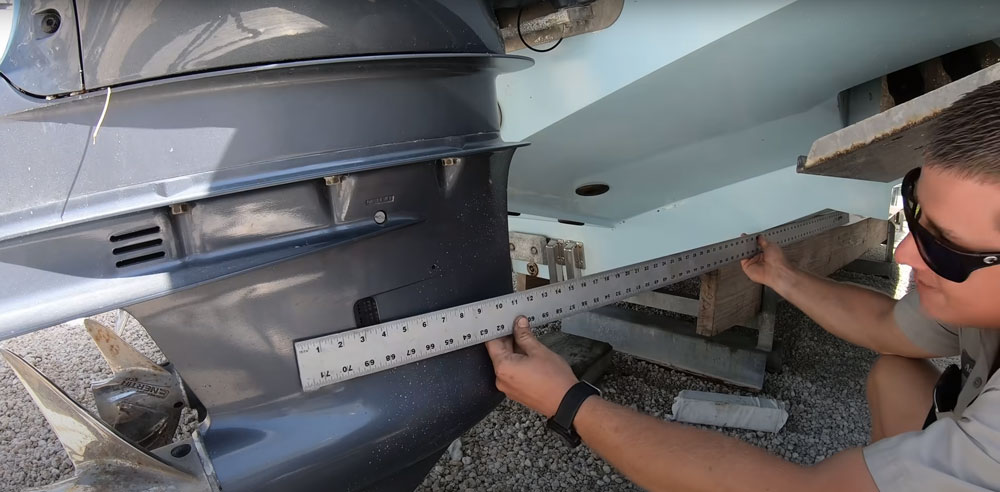
If you’re not sure how to measure the shaft length, there are plenty of online resources that can help. A quick Google search should provide you with all the information you need.
If Measuring an Existing Outboard
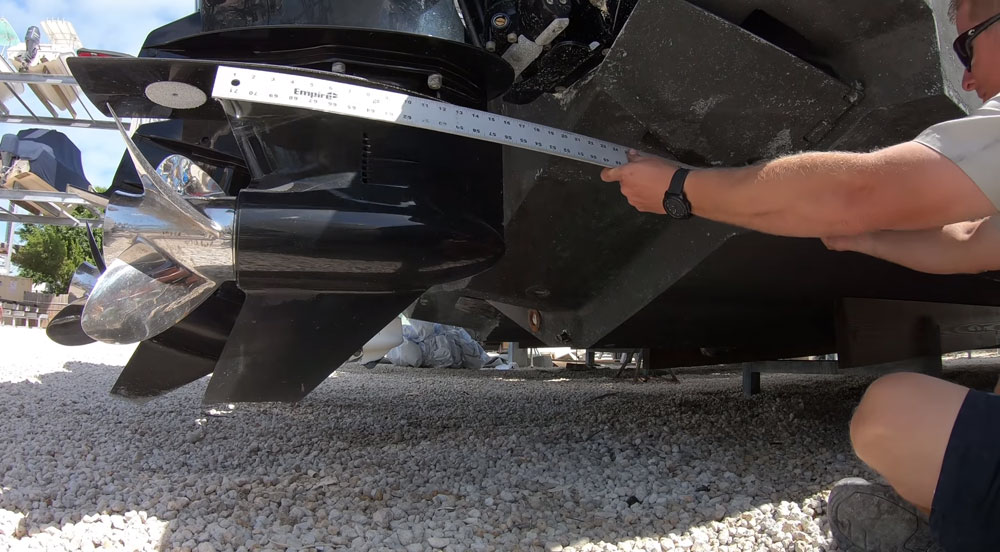
There are two main ways to measure the shaft length of your outboard motor: with a tape measure or ruler, or by using the manufacturer’s specifications. If you’re planning on replacing your outboard motor, it’s important to get an accurate measurement so that you can purchase the correct model. Here are instructions for both methods:
Using a Tape Measure or Ruler:
- Locate the end of the shaft where it meets the engine body. This is usually at the center of the propeller.
- With a tape measure or ruler, extend it straight out from the end of the shaft until it reaches the boat hull.
- Make a mark on the hull at this point, then measure from this mark to the end of the shaft. This is the length of your outboard motor’s shaft.
Using the Manufacturer’s Specifications:
- Locate the manufacturer’s specifications for your outboard model. This can usually be found in the owner’s manual or on the company website.
- Find the section that lists the dimensions of the outboard motor, and look for the “shaft length” specification. This will give you the exact measurement of your outboard’s shaft.
Keep in mind that you may need to measure from a different point on the shaft depending on what type of boat you have. For example, if you have a pontoon boat, you’ll want to measure from where the engine mounts to the deck rather than the end of the shaft.
Measuring from the wrong point can result in an inaccurate measurement, so be sure to consult your owner’s manual or the manufacturer’s website for specific instructions.
If Mounting Directly to a Boat Transom
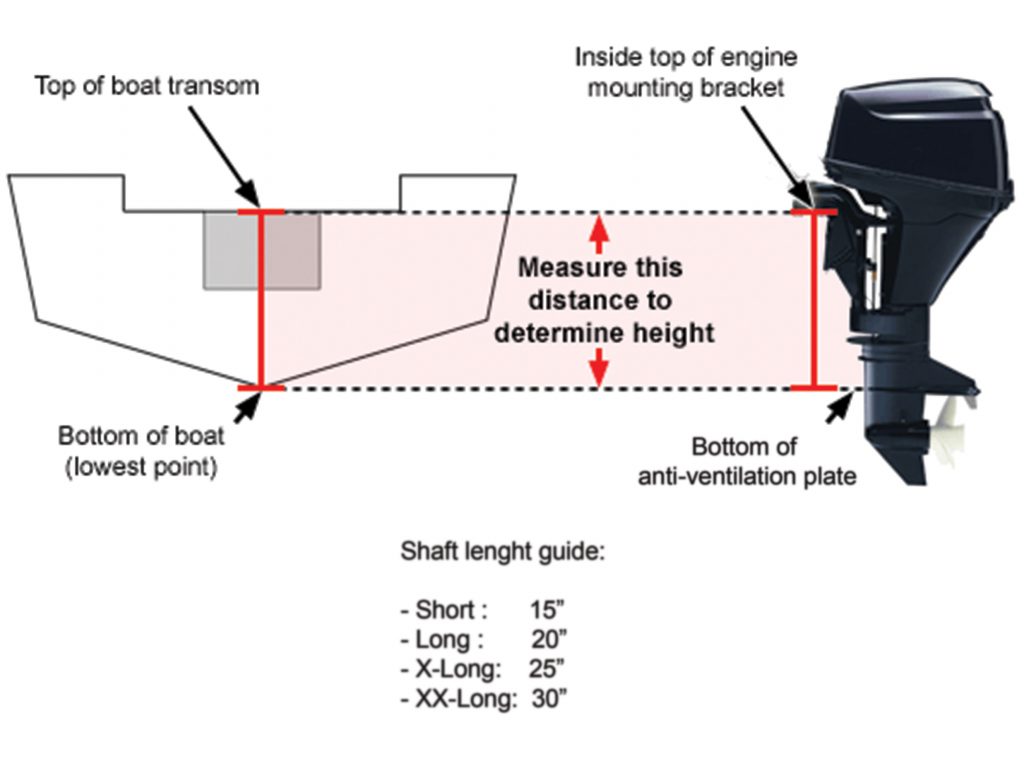
The first step is to find the centerline of the boat. To do so, measure from the stern (back) of the boat to the midpoint of the hull on both sides. The point where these measurements intersect is your centerline.
Next, measure from your centerline to where the outboard will be mounted on each side. These two measurements will give you the length of the shaft you need. Keep in mind that you’ll also need to factor in any additional hardware that will be used to mount the outboard, such as brackets or clamps.
If you’re unsure about what size shaft you need, it’s always best to err on the side of caution and go with a longer shaft. You can always have a professional shorten the shaft if necessary, but it’s much more difficult to lengthen a shaft that’s too short.
If Using an Auxiliary Mounting Bracket
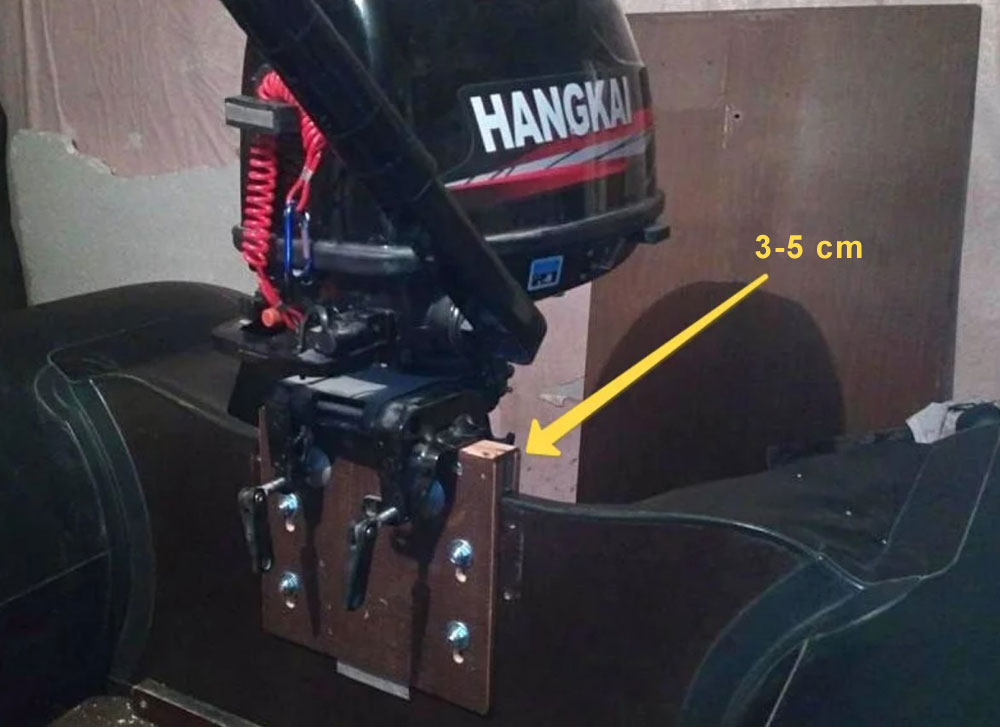
Auxiliary mounting bracket – support attached to an outboard motor that helps distribute its weight more evenly so that it doesn’t tip up too much when not in use. If your outboard has an auxiliary mounting bracket, you will need to measure the distance from the top of the engine’s powerhead to the bottom of the cavitation plate. This is your true shaft length.
- To do this, first, locate the centerline of the engine by finding the point where the exhaust manifold meets the powerhead casting.
- Place a tape measure on this point, and extend it down to the bottom of the cavitation plate.
- Read and record this measurement. If using an auxiliary mounting bracket, this is your true shaft length.
Short Vs Long Shaft

The length of the outboard shaft is a major factor in the performance of your boat. A long shaft will provide more power and better energy economy, while a short shaft will be easier to maneuver in tight spaces.
Selecting The Correct Size Outboard Shaft
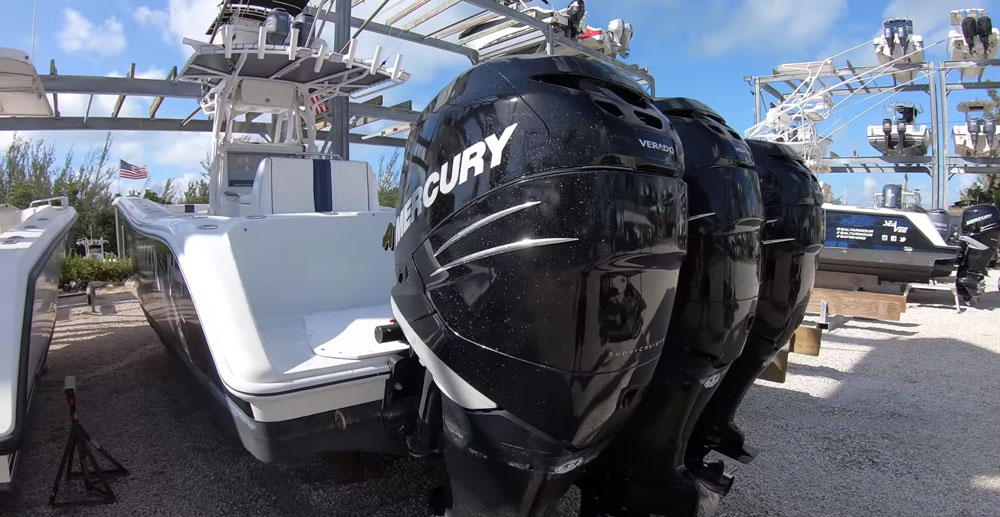
When you’re shopping for an outboard motor, it’s important to select the model with the correct shaft length for your boat. There are three things to consider when selecting the correct size outboard shaft: boat type, horsepower, and prop size.
- For boat type, you will need to know if you have a runabout, center console, or deck boat.
- To find the correct horsepower, consult the engine manufacturer’s guide or look for the horsepower rating on the outboard motor itself.
- The prop size is determined by the boat’s weight and speed requirements.
Once you have determined the three factors, select the correct shaft length.
The wrong size outboard can adversely affect performance, energy economy, and handling.
If you are still unsure about which shaft length to choose, contact a certified marine mechanic.
Shaft Length by Type of Boat
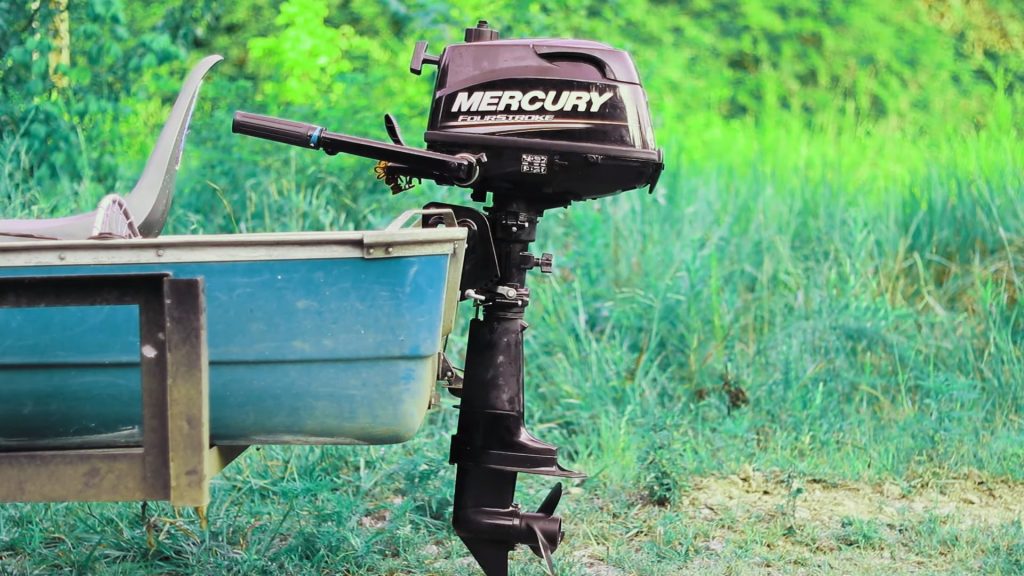
There are a few different types of boats that you can have and each type will require a different shaft length. The two main types of boats are stern drive and inboard.
Stern drive boat motors sit on the back of the boat and are connected to the propeller by a long shaft. Inboard motors are mounted inside the hull of the boat and typically have a shorter shaft.
If you’re not sure what type of motor your boat has, you can check the owner’s manual or ask a dealer.
Which Are Better, Short, or Long Shafts?
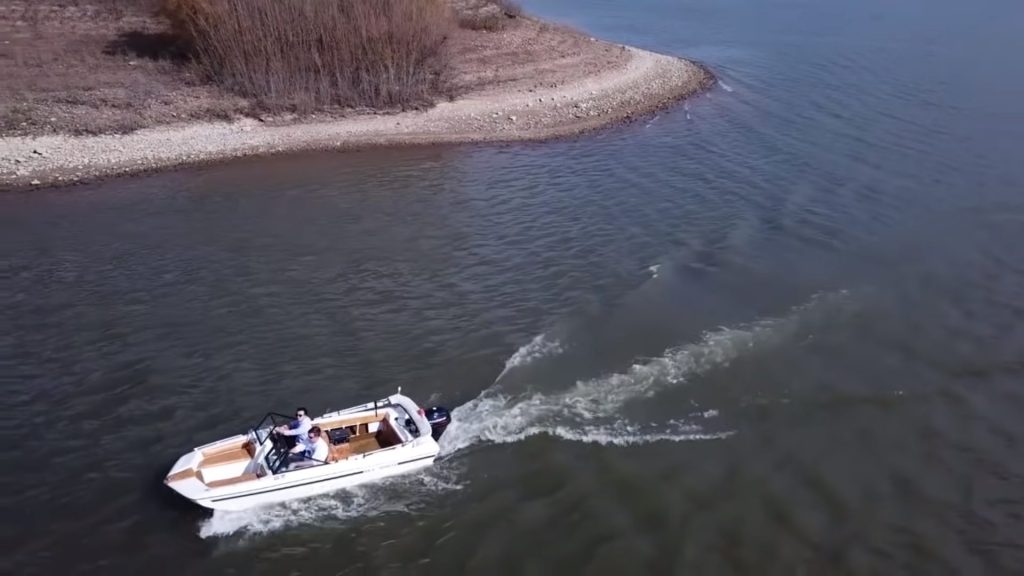
This is a difficult question to answer. Some people say that long shafts are better because they give the boat more power. Others say that short shafts are better because they are easier to control. Ultimately, it is up to the individual boater to decide which type of shaft works best for them.
There are a few things to keep in mind when deciding on which type of shaft to use.
- The first is the size of the boat. If the boat is small, then a short shaft may be the better option. If the boat is large, then a long shaft may be necessary.
- The second thing to consider is the type of water you will be using the boat in. If the water is calm, then a short shaft may be sufficient. If the water is rough, then a long shaft may be necessary.
- The last thing to consider is your personal preference. Some people simply prefer the feel of a long shaft outboard motor, while others find them to be more difficult to control.
Ultimately, it is up to you to decide which type of shaft works best for you and your boat.
How Do You Know You Have the Right Shaft Length?
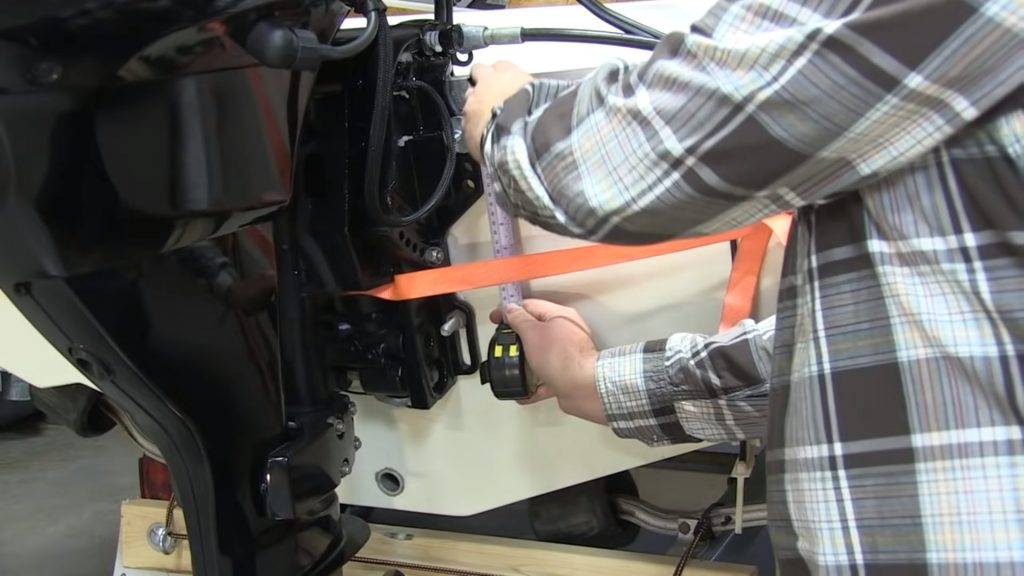
The first thing you need to do is identify what size outboard motor you have. This will be either a short shaft or a long shaft. To do this, look at the transom of your boat.
If the distance from the top of the transom to the cavitation plate is 20 inches or less, then you have a short shaft outboard. If the distance is greater than 20 inches, then you have a long shaft outboard.
Once you know which type of shaft you have, measure the distance from the bottom of the engine mount (where it bolts to the boat) to the centerline of the propeller hub.
For a short shaft outboard, this measurement should be between 13 and 15 inches. For a long shaft outboard, the measurement should be between 15 and 17 inches.
If your outboard is a short shaft and the distance from the engine mount to the propeller hub is greater than 15 inches, you will need to add an extension to the shaft.
If your outboard is a long shaft and the distance from the engine mount to the propeller hub is less than 17 inches, you will need to have the shaft shortened.
In either case, it’s best to take your boat and outboard motor to a qualified marine mechanic for the proper installation of an extension or shorten kit.
Improperly installed, either one can cause serious damage to your boat or motor and could even result in personal injury.
What Types of Boat Need a Short Shaft?
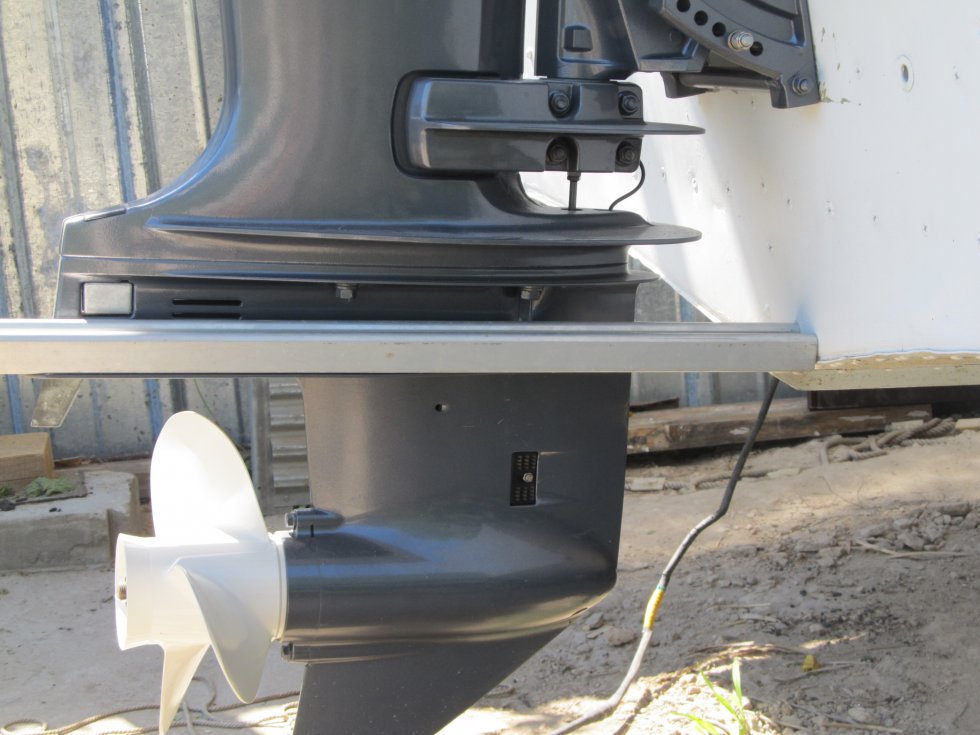
The length of the outboard motor’s shaft is a critical factor in determining whether or not it will fit your boat.
In general, boats with transoms that are 20 inches or more above the waterline need a long shaft outboard, while those with transoms that are 15 inches or less above the waterline can use a standard or short shaft model.
There are exceptions to this rule, however, so it’s always best to check with your boat’s manufacturer before making a purchase.
In addition to the size of your boat, you’ll also need to take into account how you plan on using it. For example, if you frequently operate in shallow waters, a short shaft motor will be less likely to bottom out than a long shaft model. On the other hand, if you typically fish in open waters, a long shaft outboard will give you more power and better performance.
Ultimately, the best way to determine which shaft length is right for your boat is to consult with an experienced outboard dealer or mechanic. They can help you take into account all of the factors listed above and make sure you get the right motor for your specific needs.
What Types of Boat Need a Long Shaft?

The first step in understanding which outboard motor is right for your boat is to know the size and type of your vessel. How long is your boat? How much does it weigh? What type of hull does it have? These are all important factors in choosing an outboard motor.
Three main types of boats typically require a long shaft outboard:
- Pontoon Boats
- Inflatable Boats
- Jon Boats
Pontoon boats are usually larger vessels, so they require a longer shaft to reach the water. Inflatable boats also need a longer shaft because they sit higher in the water than other types of boats. Jon boats usually have a shallow draft, so a long shaft is necessary to reach the propeller.
What Types of Boat Need an Extra Long Shaft?
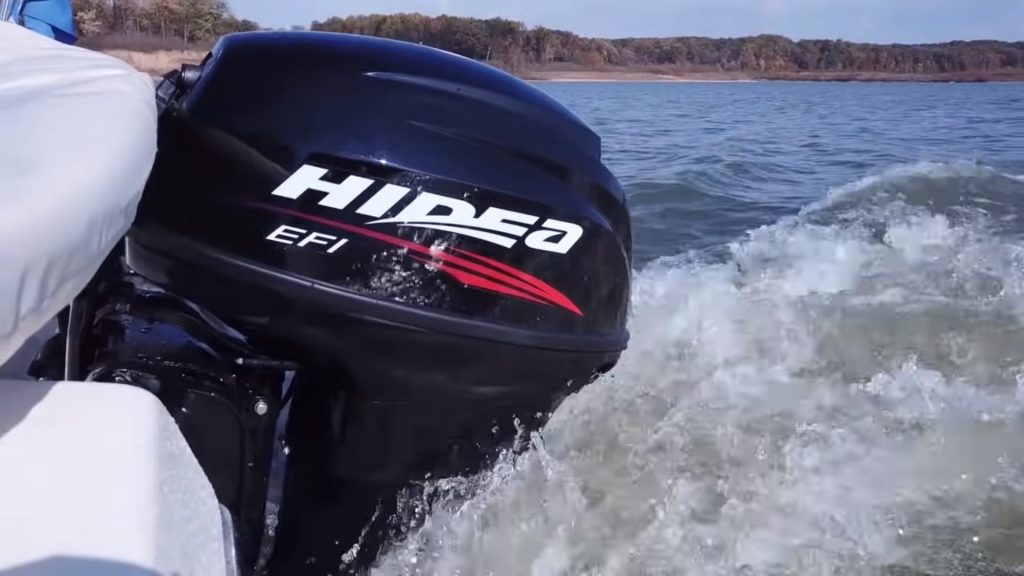
Two types of boats need an extra-long shaft on their outboard motor.
- The first type is a pontoon boat. Pontoon boats are usually longer than other types of boats, so they need a longer shaft to reach the water.
- The second type of boat that needs a longer shaft is a boat with a tall transom. This is because the tall transom will make it difficult for the shorter shaft to reach the water.
If you have either of these types of boats, you will need to measure the shaft length before you purchase an outboard motor.
Can I Use a Long Shaft Motor on a Boat That Is Rated for a Short Shaft?
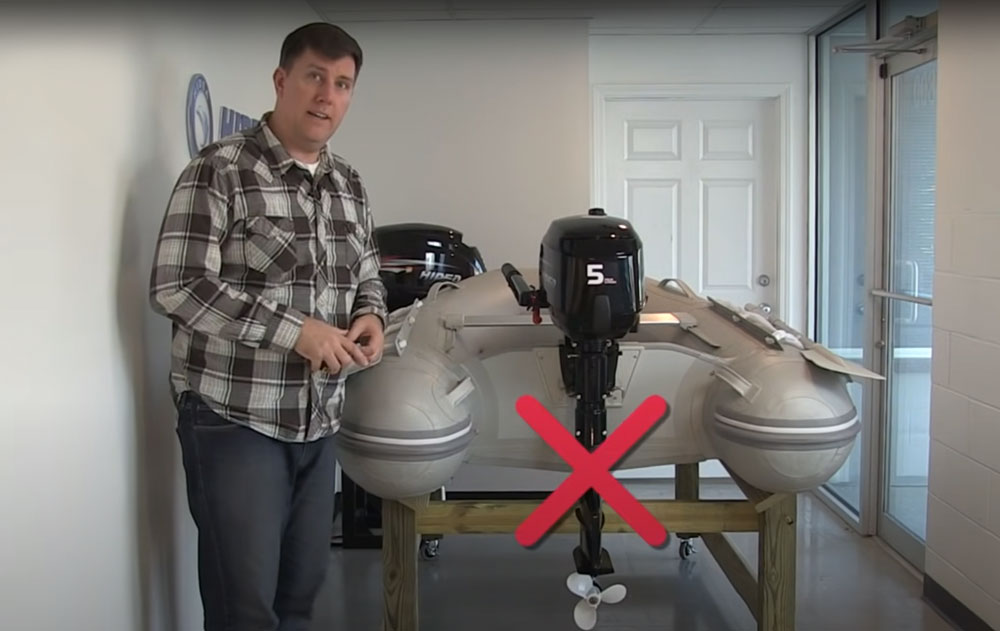
The answer to this question is, unfortunately, no. The reason has to do with the distance from the transom, or back of the boat, to the propeller.
If the shaft on your outboard motor is too long, it will put the propeller too close to the bottom of your boat. This can cause serious damage to both your boat and your motor.
On the other hand, if you have a short shaft outboard motor and try to use it on a boat that is rated for a long shaft, you’ll probably be just fine. The only downside is that you may not be able to get as much power out of your engine as you could with a longer shaft.
So if you’re thinking about using a long shaft outboard on a short shaft boat, or vice versa, it’s best to err on the side of caution and get the right size for your vessel.
When I’m Running My Boat, The Motor Seems to Cavitate or Come Out of the Water Often, Do I Have the Incorrect Shaft Length?
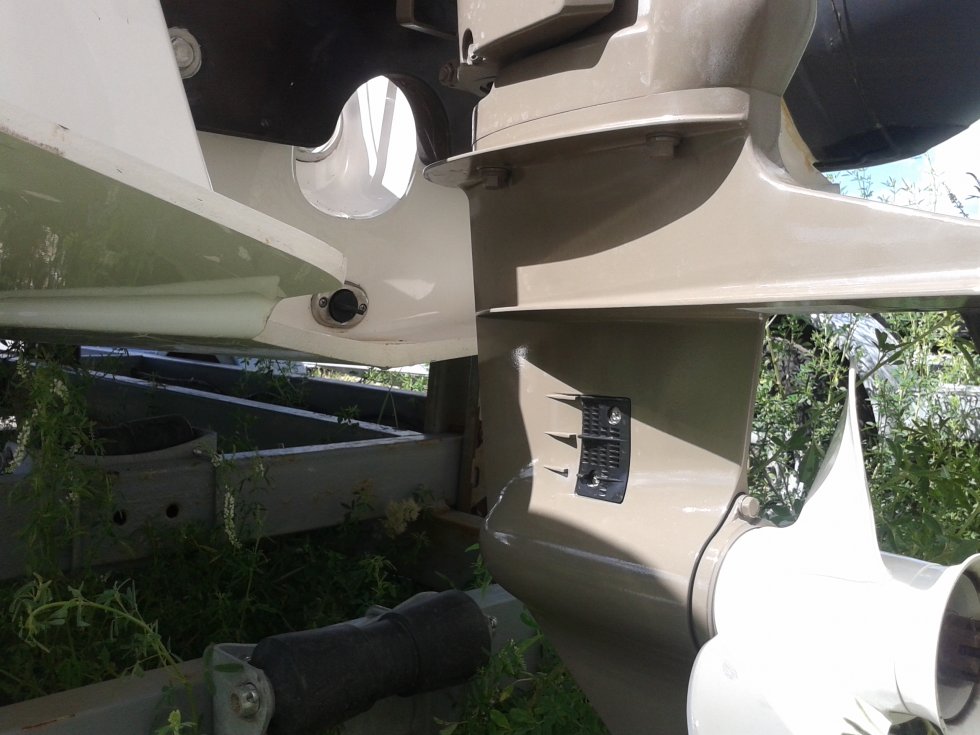
This is a common problem and the short answer is, yes, you likely have the wrong shaft length on your outboard motor. If the cavitation plate of your motor is too high out of the water, it will cause problems with the propeller being able to grip properly and can also lead to venting issues.
Conversely, if the cavitation plate is too low, it can create drag and reduce performance.
My Sailboat Has an Adjustable Bracket Can I Put a Short Shaft Motor on It?
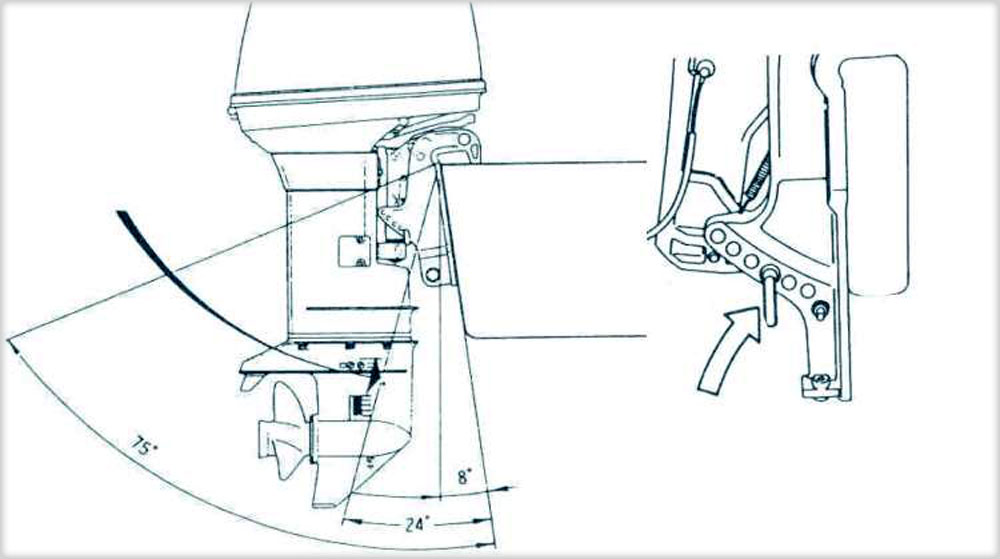
The answer to this question is a little more complicated than simply measuring the length of your outboard’s shaft. While it is possible to measure the length of your outboard’s shaft, you will also need to take into account the height of your boat’s transom.
The height of your boat’s transom will affect the overall length of the outboard motor that you can use.
Conclusion
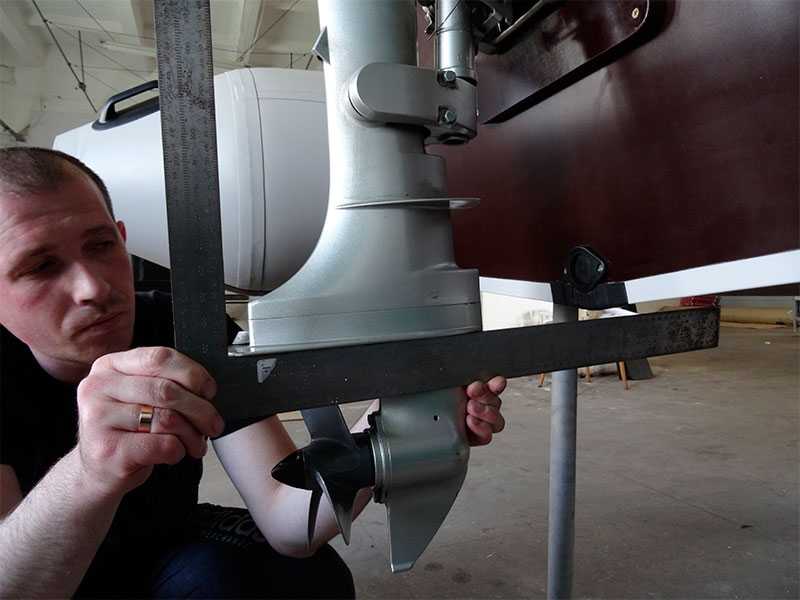
In conclusion, measuring the shaft length on your outboard motor is a relatively simple process. By following the steps outlined in this article, you should be able to get an accurate measurement of your shaft length. This information can then be used to help choose the correct propeller for your outboard motor.
Thanks for reading! We hope you found this article helpful. If so, please share it with your friends or anyone else who might benefit from it. Have a great day!
